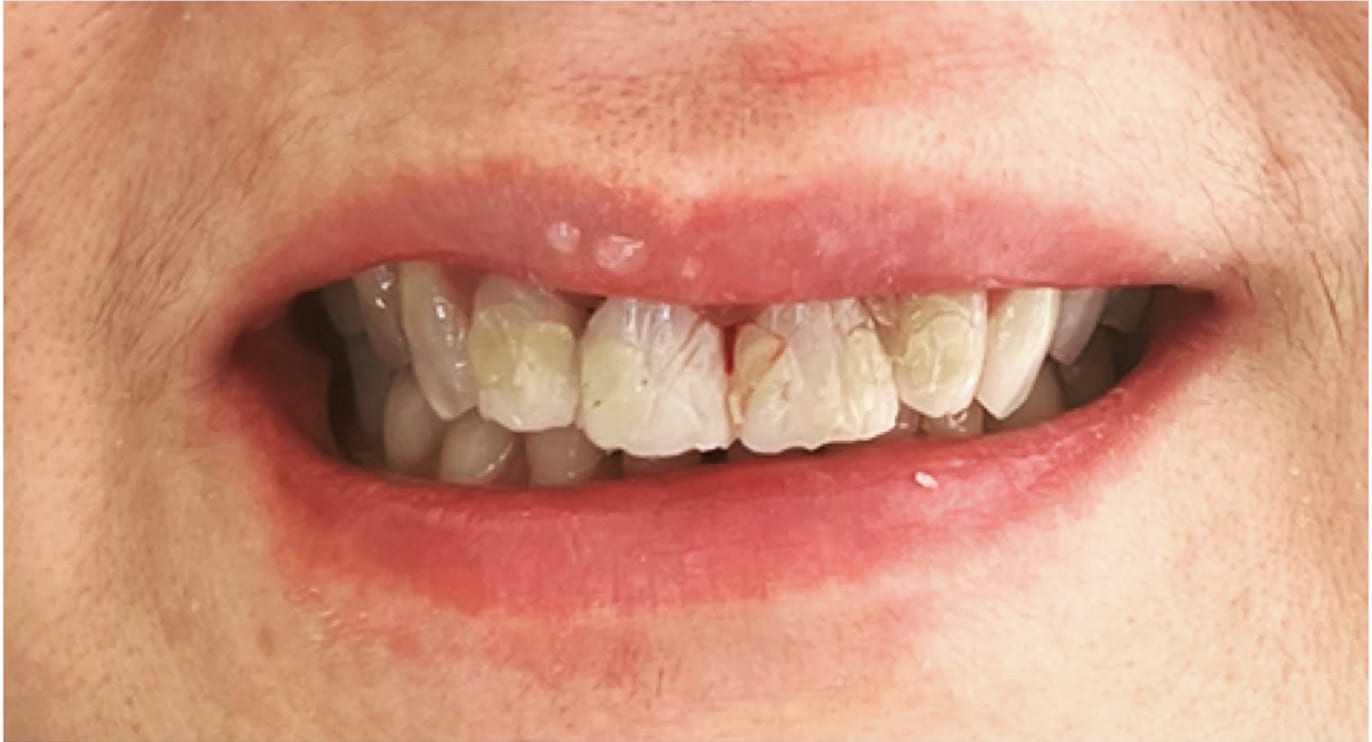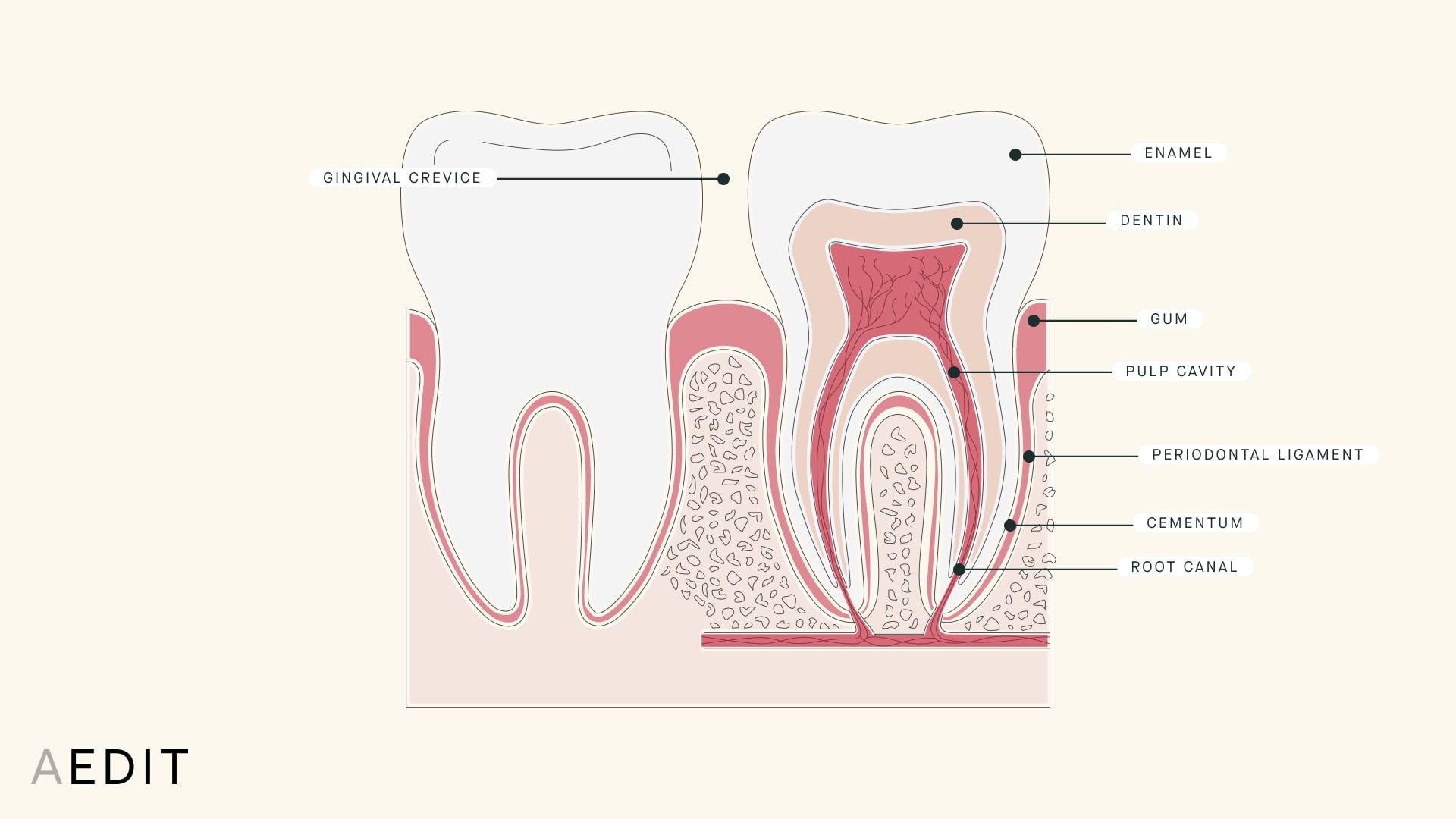
The Skinny
Average Recovery
1 weeks
Permanence
Temporary
Application
Minor Surgical Procedure
Surgical
Yes
Cost
$1000 - $3000
AEDIT
Before & After Images by Provider






Before & After Images by Provider
Dental Crowns
The Specifics
What is a dental crown?
A dental crown is a prosthetic cap placed on dental implants or existing natural teeth in a minor surgical procedure. These caps can replace lost fillings, strengthen a weak tooth, conceal root canal treatments, restore dental fractures, fill in gaps from a missing tooth, and enhance the appearance of damaged teeth.
The Anatomy of the Tooth

There are numerous types of crowns including porcelain crowns, porcelain fused to metal crowns, metal alloys crowns, ceramic crowns, and stainless steel crowns. Temporary crowns can be made in a dentist office, while permanent crowns are made in a laboratory.
Dental crowns may also be used as part of dental bridge therapies to fill in large gaps or spaces. Dental crown treatments typically require at least two dental visits for appropriate crown placement.
What cosmetic concerns does a dental crown treat?
Who is the ideal candidate for a dental crown procedure?
The ideal candidate for a dental crown is in generally good health, and is seeking treatment for tooth decay, a root canal, or cosmetic issues like fractured, cracked, broken, or missing teeth. Dental Crowns are not recommended for those seeking solely to correct cosmetic concerns as dental crowns are indicated for functional treatment.
What is the average recovery associated with a dental crown procedure?
The recovery time following a Dental Crown procedure is typically minimal, and primarily involves taking appropriate aftercare to ensure the success of the procedure. Avoiding chewing where the crown was placed, and sticky, cruncy, chewy, and spicy foods will prevent the dental crown from being dislodged. Oral hygiene should be avoided in the treated area for two weeks.
What are the potential side effects of a dental crown procedure?
Possible side effects associated with a dental crown procedure include tenderness, swelling, sensitivity, irritation, gum bleeding, and infection.
What can someone expect from the results of a dental crown procedure?
The results of a dental crown are immediate improvements to the treated tooth’s health and appearance. The longevity of the crown will be affected by the material used and adherence to appropriate aftercare.What is the average cost of a dental crown procedure?
A dental crown procedure can cost anywhere from $1,000 to $3,000 per tooth. The actual cost of a dental crown is dependent upon location, board certified facial plastic surgeon, and length and involvement of the plastic surgery.Pros
- Budget
- Affordable
- Single Visit
Cons
- Tooth Sensitivity
- Recurrent Decay
- Gum Recession
- Color
- Fracture
Invasiveness Score
Invasiveness is graded based on factors such as anesthesia practices, incisions, and recovery notes common to this procedure.
What to Expect
Dental crowns are caps for teeth that can serve either an aesthetic or medical purpose such as restoring dental fractures or enhancing the appearance of decayed, discolored, or poorly shaped teeth. Here is a quick guide for what to expect before, during, and after dental crowns.
The Takeaway
Dental crowns are a minor surgical procedure to restore the health, function, and appearance of teeth.




